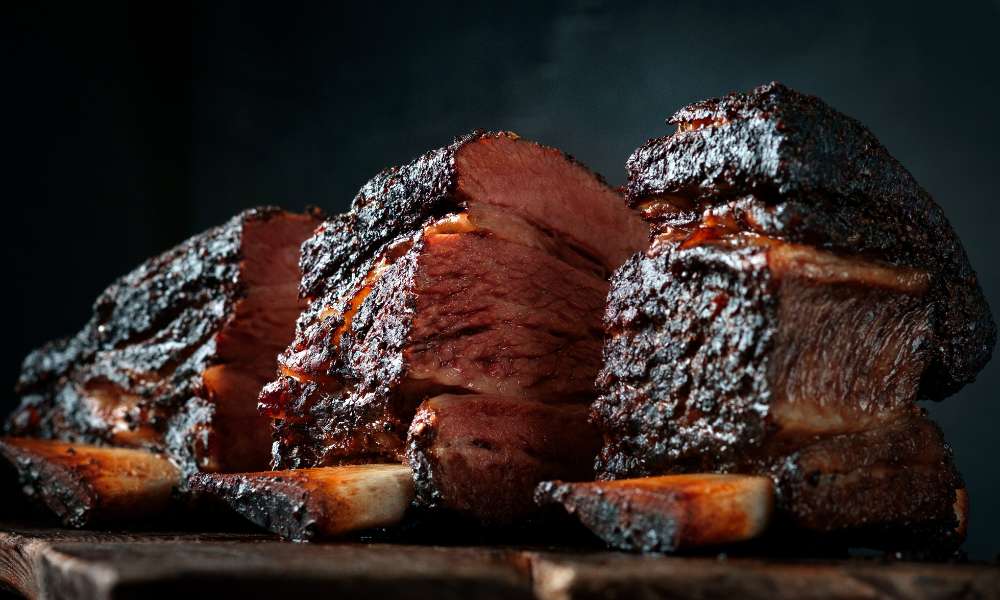Unlock the secrets to mastering the art of BBQ brisket on a charcoal grill with our comprehensive guide. Whether you’re a seasoned pitmaster or a novice enthusiast, learning how to BBQ brisket on a charcoal grill opens up a world of flavor possibilities and culinary satisfaction. Delight in the succulent tenderness and rich smoky aroma that only comes from expertly grilled beef cut. From selecting the perfect cut to mastering the charcoal setup, we’ll walk you through each step, highlighting the importance of technique, patience, and attention to detail. Discover why cooking brisket on a charcoal grill is not just a cooking method but a timeless tradition, rooted in the joy of gathering around the grill and indulging in the fruits of your labor. Join us on this flavorful journey and elevate your BBQ game to new heights.
What Type Of Brisket Is Best For Bbq On A Charcoal Grill?
For optimal results on a charcoal grill, look for a packer brisket with a thick fat cap that will render down during cooking, keeping the meat moist and adding flavor. It is also important to trim any excess fat before seasoning and smoking the beef cut to prevent flare-ups on the grill. Overall, choosing a high-quality packer beef cut with good marbling and proper trimming will ensure a delicious and tender BBQ experience on your charcoal grill.
How Long Does It Take To Bbq A Brisket On A Charcoal Grill?
The time it takes to BBQ a brisket on a charcoal grill can vary depending on several factors such as the size of the cut, the temperature of the grill, and the cooking method used. Generally, a brisket cooked on a charcoal grill at a temperature of around 225-250°F will take approximately 1.5 to 2 hours per pound to reach the desired level of tenderness.
Do I Need To Marinate The Brisket?
Marinating brisket is a common practice that can enhance its flavor and tenderness. While marinating is not strictly necessary, it can be beneficial in adding depth of flavor to the meat. The acidic components in the marinade help to break down tough muscle fibers in the beef cut, resulting in a more tender end product.
Cooking The Brisket
1. Temperature Control
Maintaining consistent temperature is key to cooking brisket to tender perfection on a charcoal grill. Start by setting up your grill for indirect heat, with charcoal piled on one side and a drip pan underneath the beef cut to catch any drippings. Use a reliable thermometer to monitor the temperature, aiming for a steady range between 225°F and 250°F (107°C – 121°C). Adjust the airflow vents as needed to regulate the heat and keep it consistent throughout the cooking process. This slow and low cooking method allows the beef to slowly break down, resulting in a juicy and flavorful end product.
2. Monitoring The Smoke
The smoke from the charcoal plays a crucial role in infusing the brisket with delicious flavor. Choose wood chunks or chips that complement the beef, such as hickory, oak, or mesquite. Soak the wood chips in water for about 30 minutes before adding them to the charcoal to create a steady smoke. Too much smoke can overpower the meat, so aim for a thin, blue smoke rather than billowing white clouds. Keep an eye on the smoke levels throughout the cooking process, adding more wood chips as needed to maintain a consistent smoky flavor.
3. Using A Water Pan
Placing a water pan in the grill helps regulate the temperature and adds moisture to the cooking environment, preventing the beef cut from drying out. Fill a sturdy, heat proof pan with water and place it next to the charcoal. The water will absorb heat and create steam, which helps keep the temperature stable and adds humidity to the air. This moisture prevents the cut from drying out during the long cooking process, resulting in a tender and juicy final product. Remember to check the water level regularly and refill as needed to ensure continuous steam production.
Benefits Of Wrapping For Tenderness
One of the secrets to achieving a tender and flavorful brisket is the technique of wrapping. Wrapping the brisket in foil or butcher paper during the cooking process helps to lock in moisture and enhance tenderness. This method creates a steamy environment inside the wrap, allowing the meat to braise gently and break down tough connective tissues. As a result, you’re left with a juicy and succulent beef cut that practically melts in your mouth. Additionally, wrapping can help to speed up the cooking process and prevent the outer layer of the brisket from becoming overly dry or charred.
Placing The Brisket On The Grill
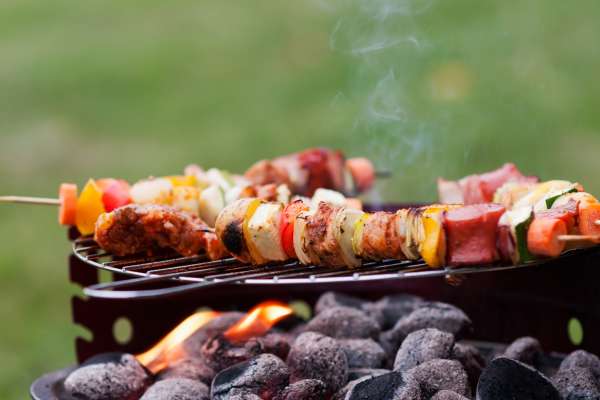
Properly placing the brisket on the grill is crucial for even cooking and optimal flavor development. Start by positioning the charcoal briquettes or hardwood lump charcoal in a two-zone setup, with the coals on one side of the grill and an empty space on the other. This indirect heat method allows for gentle, slow cooking, which is essential for tenderizing the beef cut. Place the beef cut fat side up on the cooler side of the grill, away from direct heat. This positioning helps to protect the meat from flare-ups and ensures that the fat cap renders slowly, imparting rich flavor and moisture to the meat as it cooks.
Checking The Brisket Periodically
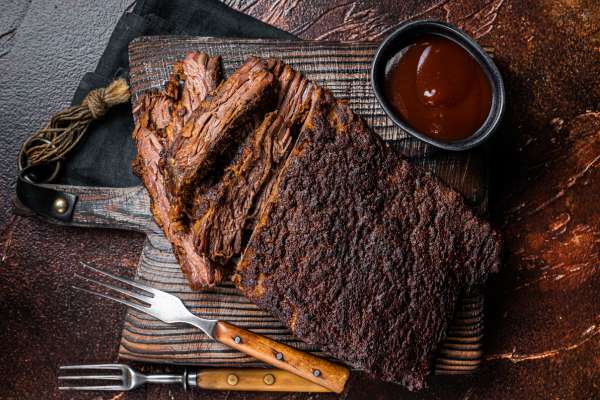
Checking the brisket periodically throughout the cooking process is essential for achieving the perfect result. When cooking brisket on a charcoal grill, maintaining a consistent temperature is key. It’s important to monitor the temperature of both the grill and the beef cut itself to ensure that it cooks evenly and reaches the desired level of doneness. Use a meat thermometer to gauge the internal temperature of the beef cut, aiming for around 195-205°F for optimal tenderness. Additionally, periodically check the charcoal to ensure it is burning evenly and adjust the vents as needed to maintain a steady temperature. By staying vigilant and monitoring the beef cut throughout the cooking process, you can avoid overcooking or undercooking and achieve that coveted melt-in-your-mouth texture.
Using Foil Or Butcher Paper
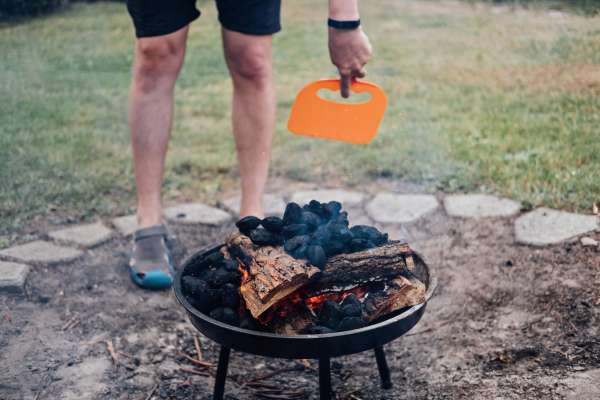
Wrapping the brisket in foil or butcher paper during the latter stages of cooking is a popular technique among barbecue enthusiasts. This method, known as the “Texas crutch,” helps to speed up the cooking process and ensures that the brisket remains moist and tender. To use this technique, carefully remove the beef cut from the grill once it reaches an internal temperature of around 160-170°F (71-77°C). Wrap the brisket tightly in a double layer of heavy-duty aluminum foil or unwaxed butcher paper, ensuring that there are no gaps or tears that could allow steam to escape. Return the wrapped beef cut to the grill and continue cooking until it reaches the desired internal temperature. The foil or butcher paper will help to trap moisture and heat, allowing the brisket to braise gently and become fall-apart tender.
Letting The Juices Redistribute
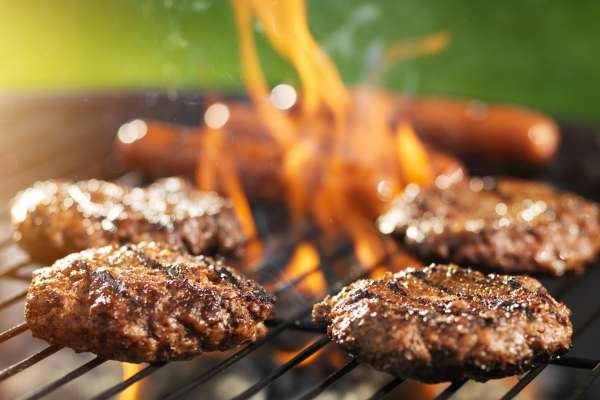
One popular method for reheating BBQ brisket is using a sous vide machine. This technique involves sealing the brisket in a vacuum-sealed bag and immersing it in a water bath set at a precise temperature for an extended period. The gentle heat from the water bath allows the meat to reheat without losing moisture, resulting in tender and juicy beef cut every time. In addition to sous vide, other methods such as oven reheating or using a slow cooker can also help preserve the integrity of your BBQ brisket while ensuring that those delicious juices are evenly redistributed throughout each bite.
Proper Charcoal Arrangement
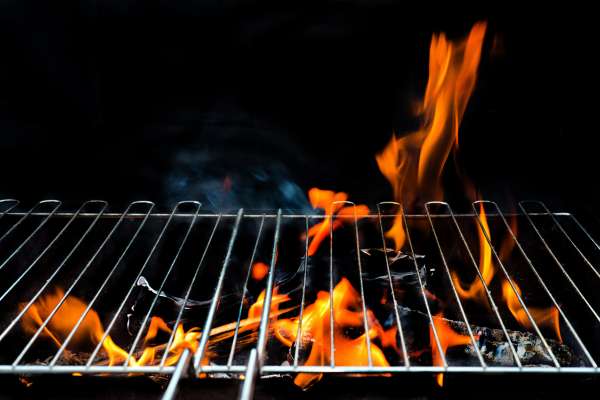
Achieving the ideal charcoal arrangement is essential for BBQ brisket success on a charcoal grill. Whether you’re using a traditional charcoal grill or a smoker, proper charcoal arrangement can make all the difference in the outcome of your beef cut. Start by arranging the charcoal in a two-zone setup, with the majority of the coals on one side of the grill and a smaller amount on the other. This allows for both direct and indirect heat, giving you more control over the cooking process. Additionally, be sure to use high-quality charcoal and arrange it evenly to ensure consistent heat distribution throughout the cooking process. With the right charcoal arrangement, you’ll be well on your way to BBQ brisket perfection.
Adding Wood Chunks For Flavor
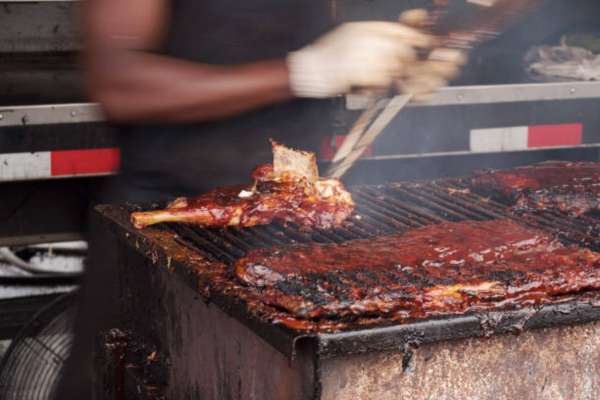
Infusing your BBQ brisket with smoky flavor is easy when you know how to properly add wood chunks to your charcoal grill. While charcoal provides the heat for cooking, wood chunks are responsible for imparting that irresistible smoky flavor that BBQ enthusiasts crave. When selecting wood chunks for your brisket, choose varieties that complement the natural flavor of the meat, such as oak, hickory, or mesquite. Soak the wood chunks in water for at least 30 minutes before adding them to the charcoal grill to prevent them from burning too quickly. Once the wood chunks are properly soaked, simply place them directly on the hot coals and let the smoke work its magic as it infuses your beef cut with mouthwatering flavor.
Slicing Techniques
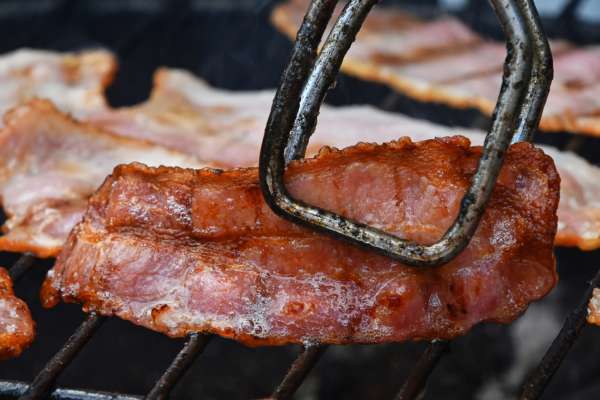
For barbecue enthusiasts looking to elevate their grilling game, focusing on slicing techniques can make a significant difference in how your brisket turns out. By honing your skills in this area, you can enhance both the visual appeal and taste of your BBQ masterpiece. Remember, practice makes perfect when it comes to slicing beef cut- don’t be afraid to experiment with different methods until you find what works best for you and your grill setup. Mastering this fundamental skill will set you apart as a true pitmaster in the world of barbecue cooking.
The Final Thought
Barbecuing brisket on a charcoal grill can be a rewarding and delicious experience for any BBQ enthusiast. By following the step-by-step guide outlined in this article, you can achieve tender, smoky brisket that will impress your guests. Remember to properly prepare and season the meat, maintain a consistent temperature throughout the cooking process, and allow for ample resting time before slicing. With practice and attention to detail, you can master the art of BBQ brisket on a charcoal grill and become a true pitmaster. Start honing your skills today and elevate your grilling game to new heights!
